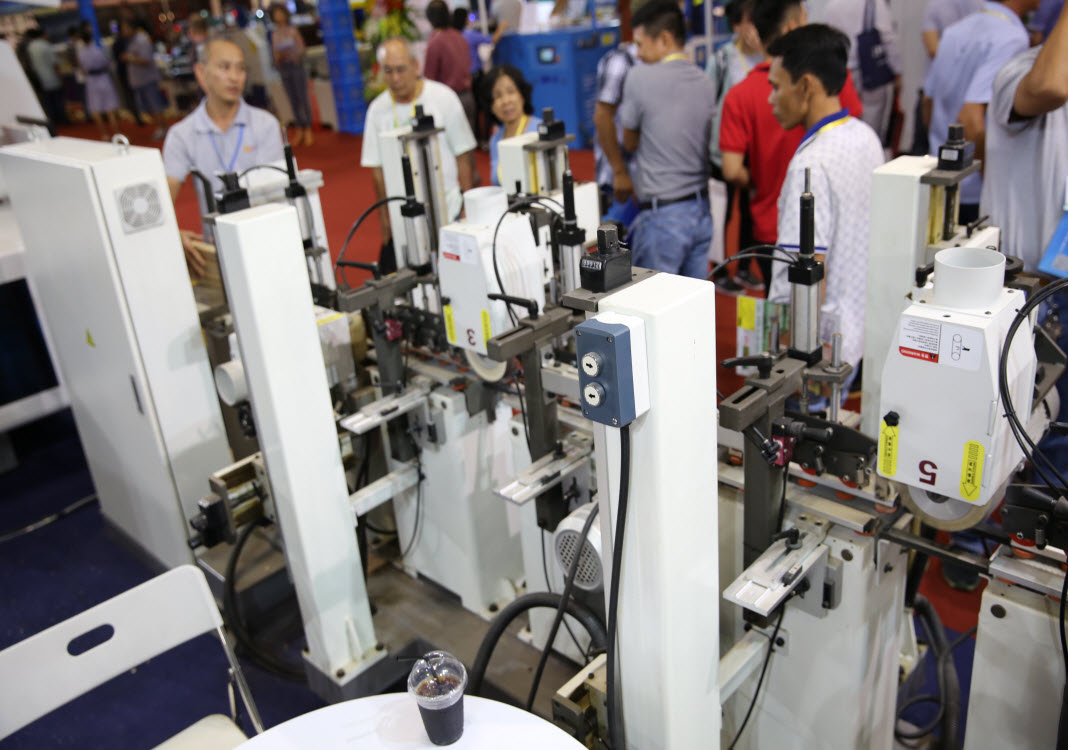While the 2020 White Book on Vietnamese businesses offers only data which can be used for reference, this report also points out that the majority of Vietnamese enterprises are very small, and their business efficiency seems to be also extremely low.
According to this report released by the General Statistics Office of Vietnam, the number of micro and small-sized enterprises accounted for a whopping 93% of the total number of enterprises in Vietnam. However, their capital represented only around 22% of the capital of the corporate sector in the counry. This rate remained almost unchanged during 2011 and 2018. In other words, micro and small-sized enterprises could have found it difficult in seeking loans. Meanwhile, the capital rate of medium- and large-scale enterprises in 2017 and 2018 inched upward, slightly higher than that in 2011-2015.
The average number of state-owned enterprises during 2016 and 2018 made up a mere 0.4% of the total number of businesses, but their total capital made up 27.2% of the total. The number of non-state enterprises accounted for a staggering 96% during the 2011-2018 period, and their rate of capitalization rose from 50% to 55% of the total capital. Also, foreign direct investment (FDI) enterprises maintained a stable rate of business number and capital during the same eight-year period.
Remarkably, the number of micro and small-sized enterprises represented as high as 93% of the total number of businesses. Their total gross profits, however, were negative during 2011-2018. Subsequently, the situation gives rise to the following issues.
– Micro and small-sized enterprises are usually fraught with difficulties and on the verge of dissolution, or bankruptcy even when there is no pandemic. As the novel coronavirus pandemic spread, these enterprises have got into insurmountable difficulties, teetering on ‘the brink of life and death.’ The rescheduling of their payments of corporate income taxes seems to be insignificant.
– These enterprises of this category also find themselves hard to have access to bank loans as their profits from production and business operations are modest, or even negative. The collateral issue also makes matters worse.
– One issue related to statistics during the business survey is statistics agencies may have looked into reports which are made before or after tax agencies reach finalize tax claims. It is customary for taxmen not to consider as “valid” some types of expenses once they issue their final statements. Therefore, most enterprises initially announce negative gross profits in their reports. However, the figure would turn positive after tax claims are finalized. Therefore, enterprises are requested to pay for their corporate income taxes incurring after such settlements. This may be the simple reason why household businesses do not want to transform themselves into enterprises although the latter sound more ‘”impressive.”
As far as the types of enterprises are concerned, non-state enterprises accounted for 96% of the total number of businesses. Yet the ratio of gross profits to capital was the lowest, up an average of only 0.4 percentage point during the 2016-2018 period versus the 2011-2015 period. In contrast, FDI enterprises posted the highest rate of return, and this rate tended to be higher because of their better management, easier access to bank loans, availability of more incentives, and less impact caused by petty corruption than their local peers.

The Vietnamese economy as a whole posted the average return on capital during 2016-2018 at 2.5% per annum. In 2018, the ratio was 2.3%, way below deposit interest rates which ranged from 6% to 8%. The ratio was even lower than the average consumer price index which stood at 2.54%. This means if production is maintain, it may eat into capital, land and natural resources.
Notably, the debt-to-equity ratio of state-owned enterprises averaged at 3:1 in 2011-2015, and this ratio rose to 3.6:1 in 2015-2018. Meanwhile, the return on capital in this caterogy of businesses stood at 2.2%.
It can thus be seen that the corporate sector was a major contributor to the country’s gross domestic product at an average of 44% during 2015-2018. However, if the situation persists, it will become an ominous sign for the economy. Otherwise, the pre-tax profit reports of the corporate sector may be inaccurate. The paradox is that nominal profits do not seem to be the main purpose of business owners.
By Bui Trinh











